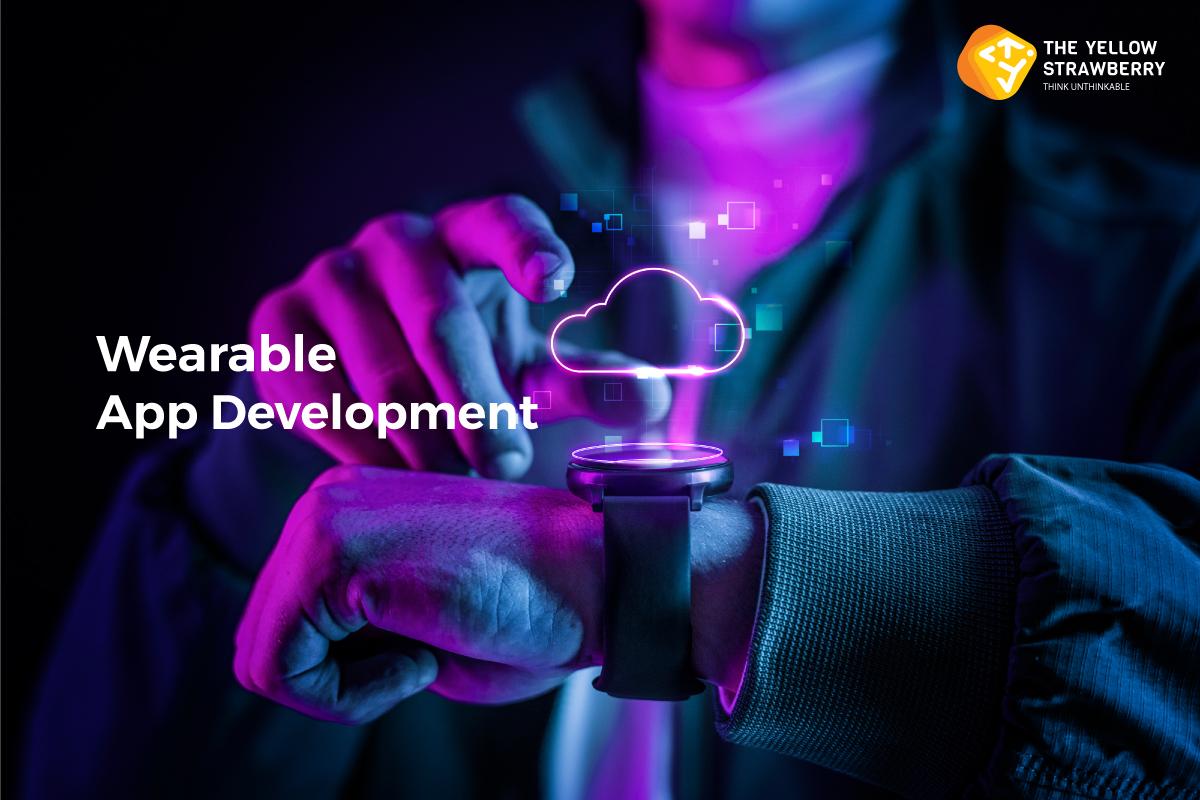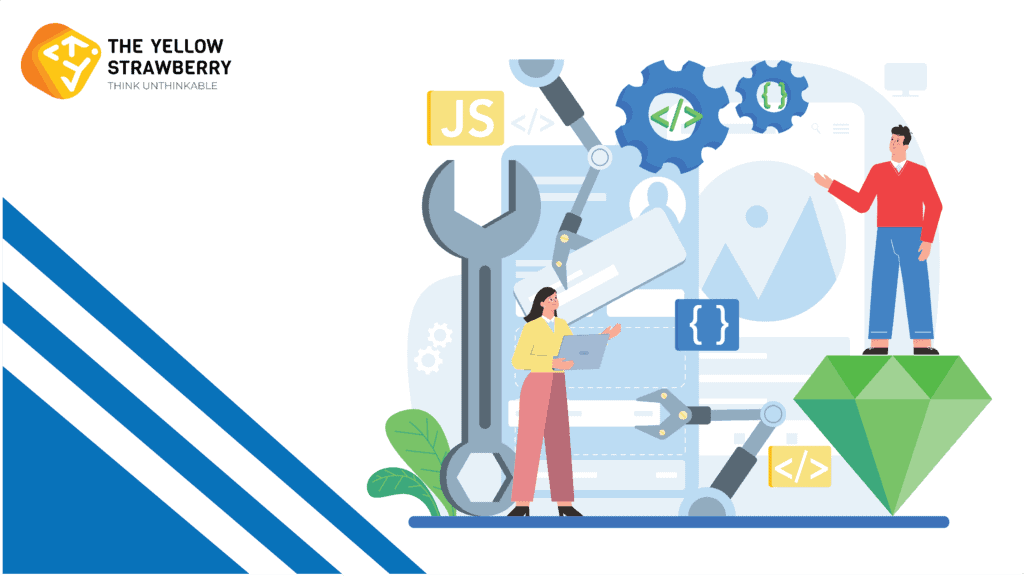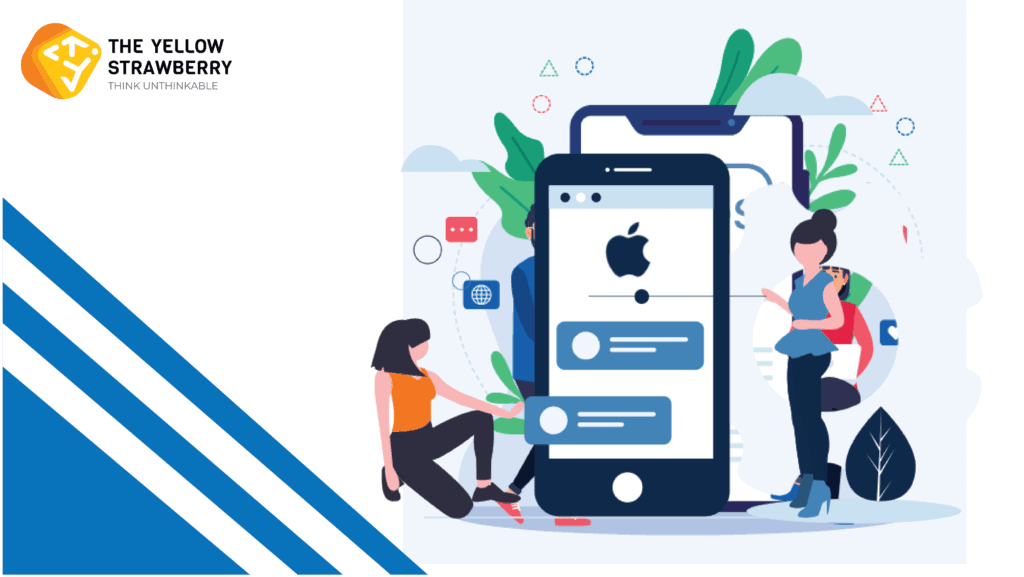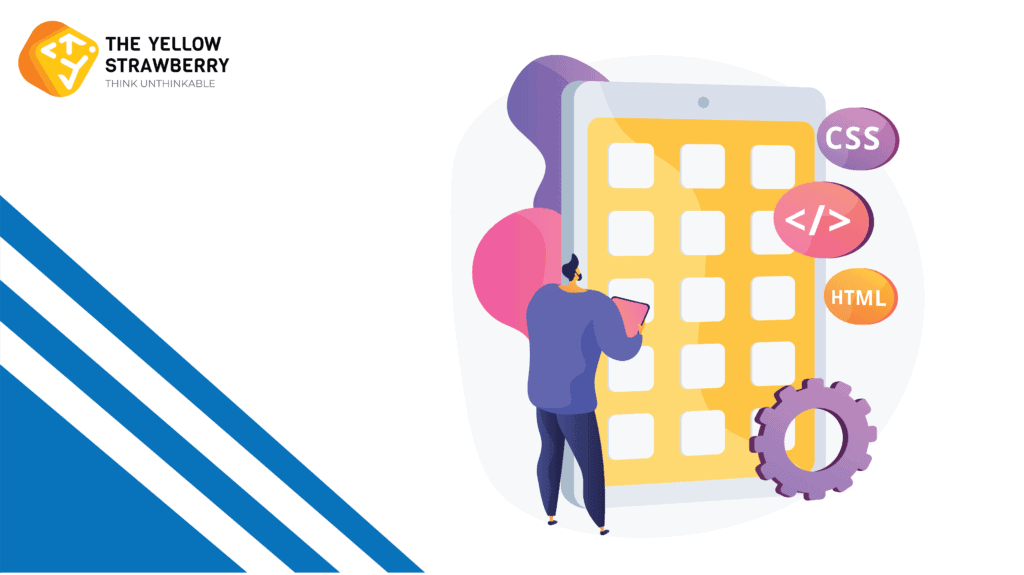The mobile app development process has seen a significant impact on wearable technology. It supports a wide range of industries and provides flexible, optimal support. Modern-day technology has played a crucial role in mobilizing next-generation technologies, exceeding the expectations of the rest of the world.
In terms of engineering advancement, the wearables market will experience significant momentum. There are endless possibilities. Research shows that 25% of Americans will purchase a wearable device in the next five years. These devices are multi-platform compatible and offer many user-friendly functions.
Let’s look at some trends to complement this momentum.
Internet of Things
The heart of these interconnected devices is IoT. It connects devices, facilitates data exchange and calculates logical outcomes for smart life. Connectivity is not just another IoT branch, but the main feature of the wearables that make them possible. A list of IoT healthcare applications is a good indicator of the future. Here is a list of IoT wearable devices that different healthcare institutions have launched:
- Glucose monitors
- Sport utility devices for avoiding injuries and accidents
- For heart patients, wearable defibrillators
- Remote monitoring for asthma
- Apps for monitoring critical patients via Bluetooth
Both Apple and Google target retail customers with products such as intelligent lenses, smartwatches, and smart lenses. Samsung has IoT solutions for fleet management and fleet monitoring in addition to the Galaxy smartwatch. The future of IoT will be strongly tied to wearables, which will significantly impact app development for end users. To make an impact in this field, wearable app developers need to incorporate IoT in their products.
App Functions Customized
Wearable apps require fewer resources than smartphones because they use less memory and hardware. For example, take the smartwatch app. While generic mobile apps can overwhelm with all kinds of secondary features, the smartwatch will only display the core function.
Data Ownership
The Internet of Things is now known as the Internet of Everything. Research shows that there will be 31 million IoT devices. They will collectively generate data worth 79 gigabytes.
These data sources will provide the best results in this cycle.
-
Business Applications
-
Industrial systems
-
Wearables
-
Web data
-
Sensors
-
Digital media
-
GPS tracking sensors
Wearable technology devices like smart eyewear and fitness trackers can create data that allows hardware and software vendors to map consumers’ profiles. The sharing of data ownership will allow wearable technology companies to be linked with e-retail and digital marketplace platforms.
Wearables Allow for E-Payments
Field Communication Technology, also known as NFC, connects devices to assets like credit cards and prepaid debit cards. These projects can be supported by a wearable application company. This will allow you to create apps that can accept e-payments. The app can be scanned in the smartwatch/smartphone and used to pay immediately at the store terminal.
Smartwatch App Development
Consumer psychology is prone to speed. Smartwatches offer a more comprehensive experience than smartphones, but at a lower price. Smartwatches are a great alternative to smartphones and can also be used for fitness tracking. They can receive instant notifications via social media in an age of fast interactions. Many wearable devices have YouTube support. Smartwatches can monitor your sleep, glucose levels, calories burned, stress levels, and other health information. Smartwatch app development have interfaces with gadgets and home electronics are expected to become the next big thing.
Beacons Technology
Beacons can be used to communicate with devices within a distance of just a few meters. They are low-power transmitters. They can connect to the nearest smart device and send and receive data to allow location-based lookup. It is similar to a collection of CPUs, batteries and a radio. Because of the simplicity of beacon devices, they can be easily integrated into smartwatches. Wearable application developers can forecast significant growth in beacon technology in the near future.
Why Choose Us for Wearable App Development?
Wearable devices not only have the wow factor, but they also offer a lift in the standard of living. Enterprises have plenty of reasons to invest in IoT and wearables. They can perform on-demand business activities and offer immersive AR/VR experiences. App engineering will also grow in demand as wearable device manufacturing is increasing at a rapid pace.
The Yellow Strawberry is India’s top-rated wearable app development company. A separate team is responsible for wearable app development. Our technical team has mastered the code foundation for wearable application development and the team’s skilled pros have proved their worth in completing every wearable app development task we’ve attempted. Because we have a deep understanding of the flexible ios codebase and our reputation for using it to the maximum benefit of our clients, we are a shining star in the industry.
Our wearable app developers in Mumbai are skilled at using cross-platform to allow for better customisation.
Use of Apple Watch
The watch apps depend on the particular specifics of the user. The maker wants a whole new mindset when making an Apple watch. The watch provides multiple features to the user, for instance:
-
Health Tracker
-
Quick access to details
-
Action rings for regular activities
-
Complete iPhone pairing
-
Complexity is low
In terms of the number of displays, types of users, and the use of sensors, small complexity apps are usually low. Mobile applications typically take between 100-300 hours to build with low complexity.








